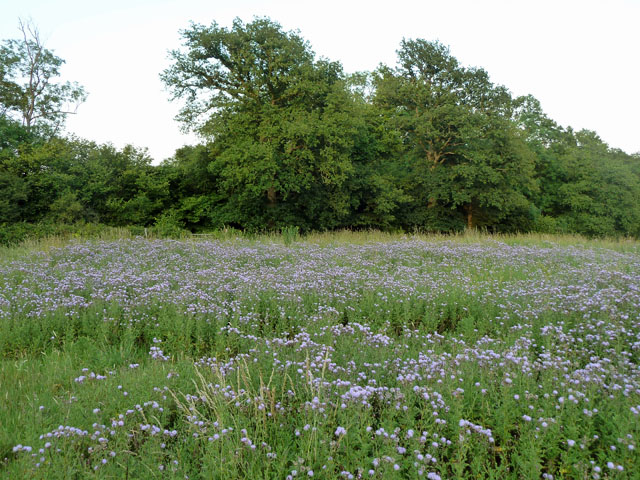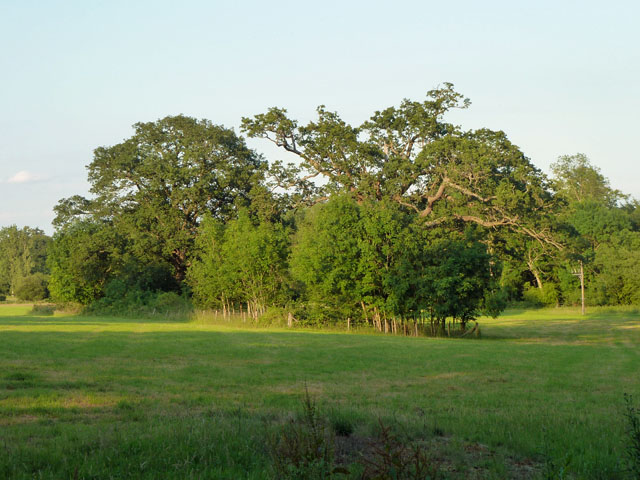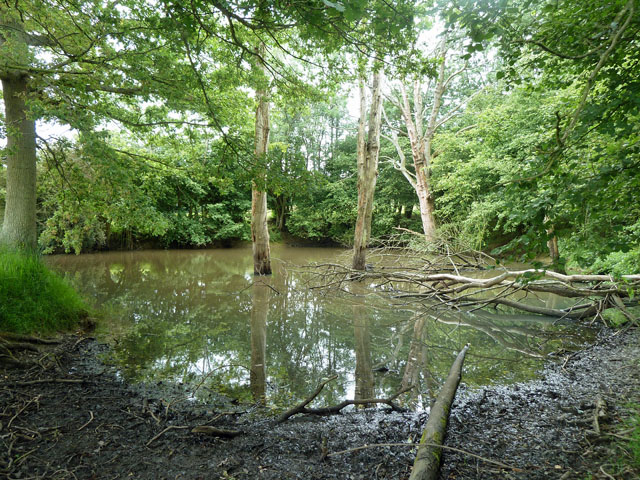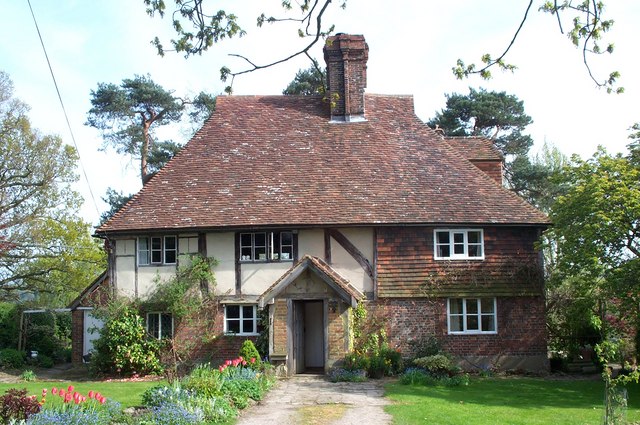Hoath Corner
Settlement in Kent Sevenoaks
England
Hoath Corner
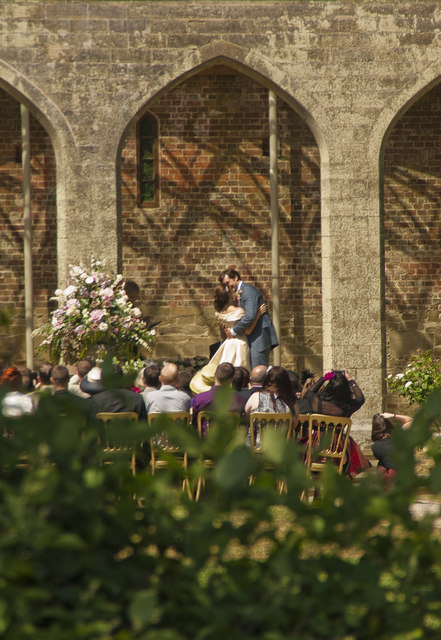
Hoath Corner is a small rural hamlet located in the county of Kent, in southeastern England. Situated approximately 10 miles east of the historic city of Canterbury, Hoath Corner is nestled amidst the picturesque countryside of the Garden of England.
Characterized by its tranquil and idyllic setting, Hoath Corner is surrounded by vast expanses of green fields, rolling hills, and dense woodlands. The hamlet consists of a handful of residential properties, including traditional cottages and farmhouses, which contribute to the area's charming and rustic atmosphere.
Hoath Corner is a popular destination for those seeking a peaceful retreat from the hustle and bustle of urban life. The surrounding countryside offers numerous opportunities for outdoor activities, such as hiking, cycling, and horseback riding. The area is also home to a variety of wildlife, making it a haven for nature enthusiasts and birdwatchers.
Despite its rural nature, Hoath Corner benefits from good transportation links. The nearby A291 road provides easy access to surrounding towns and villages, and the city of Canterbury is just a short drive away. Additionally, the hamlet is served by local bus routes, connecting residents to wider transport networks.
While Hoath Corner lacks amenities such as shops and schools, these can be found in nearby villages, ensuring that residents have access to essential services. The hamlet's secluded location and natural beauty make it an attractive place to live for those seeking a peaceful and close-knit community in the heart of the Kentish countryside.
If you have any feedback on the listing, please let us know in the comments section below.
Hoath Corner Images
Images are sourced within 2km of 51.168659/0.140292 or Grid Reference TQ4943. Thanks to Geograph Open Source API. All images are credited.



Hoath Corner is located at Grid Ref: TQ4943 (Lat: 51.168659, Lng: 0.140292)
Administrative County: Kent
District: Sevenoaks
Police Authority: Kent
What 3 Words
///budget.rings.prove. Near Edenbridge, Kent
Nearby Locations
Related Wikis
Chiddingstone Hoath
Chiddingstone Hoath is a hamlet in the Sevenoaks District of Kent, England. Notable buildings include Hoath House, and Stonewall Park, for some time home...
LeeFest
Neverworld, formerly known as LeeFest, is a music festival that takes place each Summer in Kent, England. The festival began in founder Lee Denny's garden...
Chiddingstone Castle
Chiddingstone Castle is situated in the village of Chiddingstone, near Edenbridge, Kent, England, 35 miles (56 kilometres) south-southeast of London and...
St. Mary the Virgin, Chiddingstone
St. Mary the Virgin is a parish church in the united benefice of Chiddingstone, Penshurst, Chiddingstone Causeway and Fordcombe in the episcopal Diocese...
Chiddingstone
Chiddingstone is a village and civil parish in the Sevenoaks District of Kent, England. The parish is located on the River Eden between Tonbridge and Edenbridge...
Markbeech
Markbeech (sometimes styled Mark Beech) is a village in the civil parish of Hever in the Sevenoaks district of Kent, England. The village is located on...
Cowden Meadow
Cowden Meadow is a 1.1-hectare (2.7-acre) biological Site of Special Scientific Interest east of Cowden in Kent.This site has flora which are found on...
Cowden railway station
Cowden railway station is on the Uckfield branch of the Oxted line in southern England and serves Cowden in Kent. It is 29 miles 26 chains (29.33 miles...
Related Videos
Kent Castles Walk | National Trust of Chiddingstone Castle | Penshurst and Leigh | 🇬🇧 Hiking UK
A Kent castles walk: Next event: http://www.senderismoenlondres.co.uk/events.html It includes two castles, a stately home, rivers, ...
Chiddingstone Village, Walking Moment's
Chiddingstone Village, One of the most beautiful and oldest Villages in Kent #visitengland #visitchiddingstone #visitkent #village ...
Exploring Chiddingstone - The Kent Village FROZEN In Time
Join us at Chiddingstone, Kent - an English village that makes you feel like you have stepped back in time to the 1400s! From it's ...
Nearby Amenities
Located within 500m of 51.168659,0.140292Have you been to Hoath Corner?
Leave your review of Hoath Corner below (or comments, questions and feedback).




